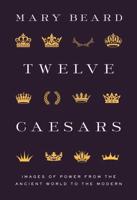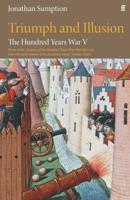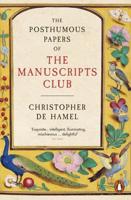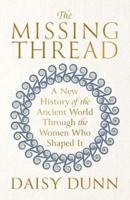Publisher's Synopsis
From classical sources, medieval Europeans inherited a belief in the existence of griffins. In the Garden of Eden, on the summit of the mountain of Purgatory, Dante sees one of these creatures drawing a chariot, which it later joins to the tree of the Fall, making the tree bear leaves and flower again. This griffin has long been thought to represent Christ, but an examination of medieval griffin-lore and of Dante's own poem show that this explanation is untenable.;This study explores both the intellectual and political concerns and the imaginative world of early 14th century Italy in terms of theology, philosophy, jurisprudence, folklore and romance, prophecy and millenarianism. It provides a new interpretation of Dante's griffin as a powerful symbol central to his presentation of the earthly paradise, mankind's lost ideal of collective happiness on earth.









